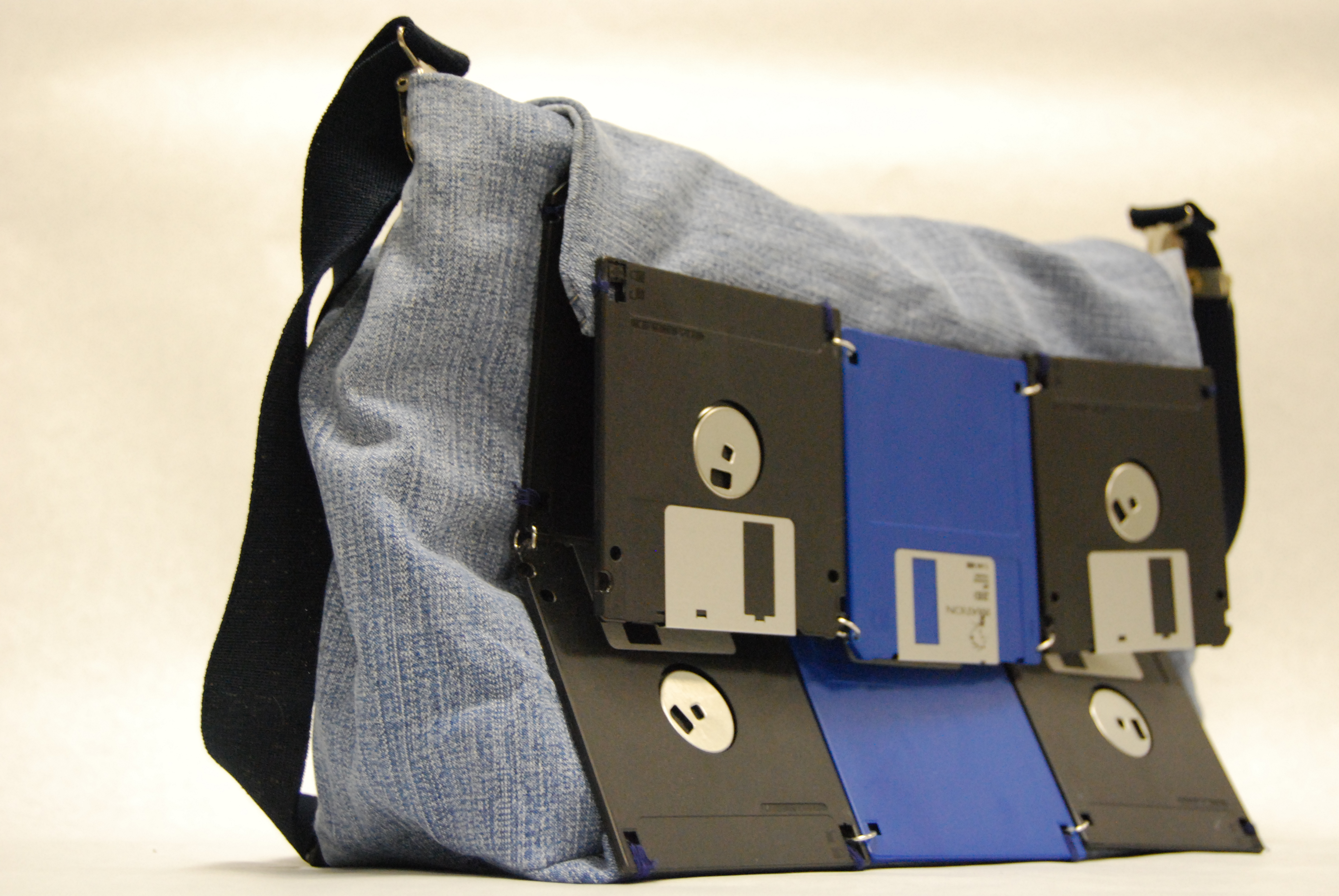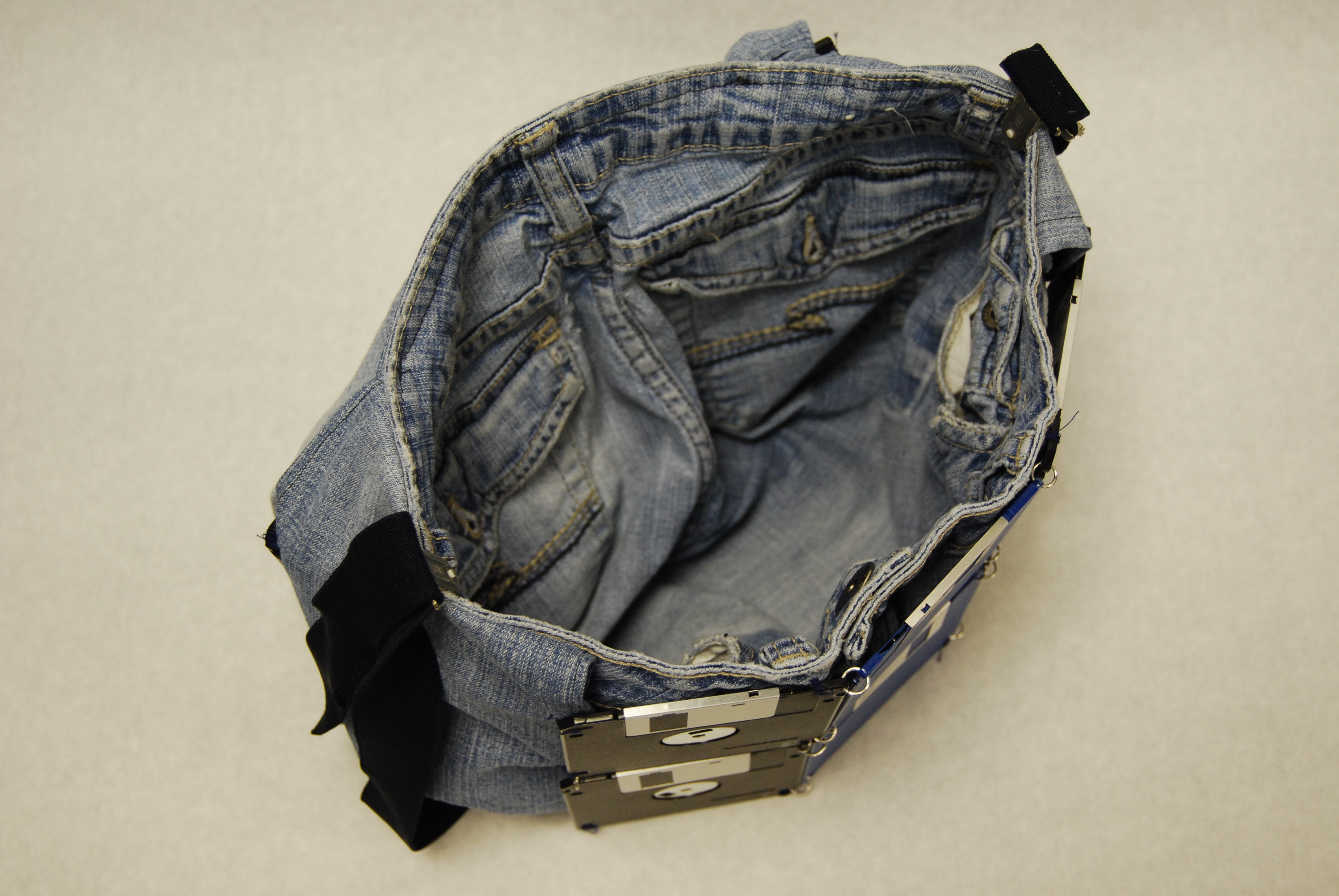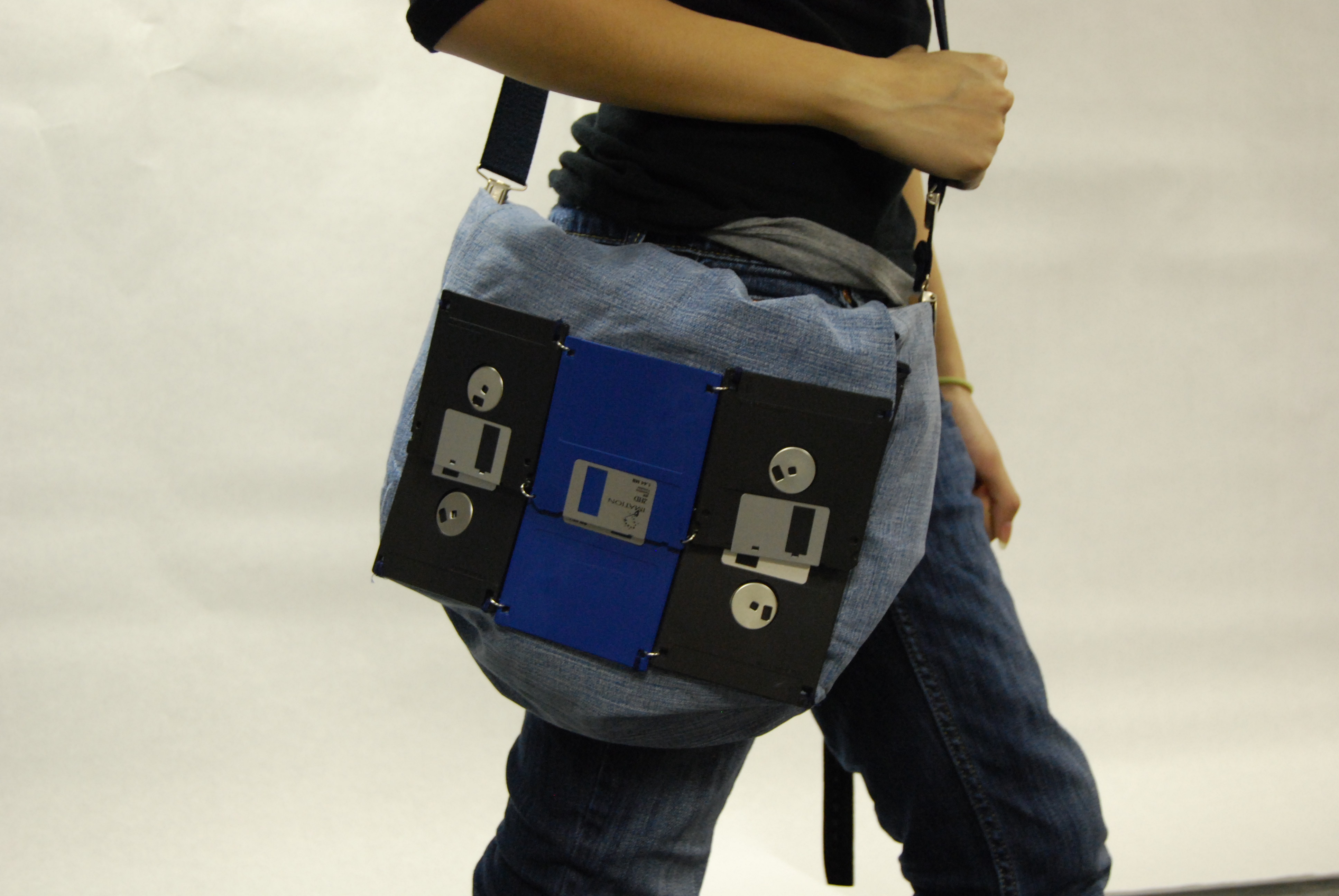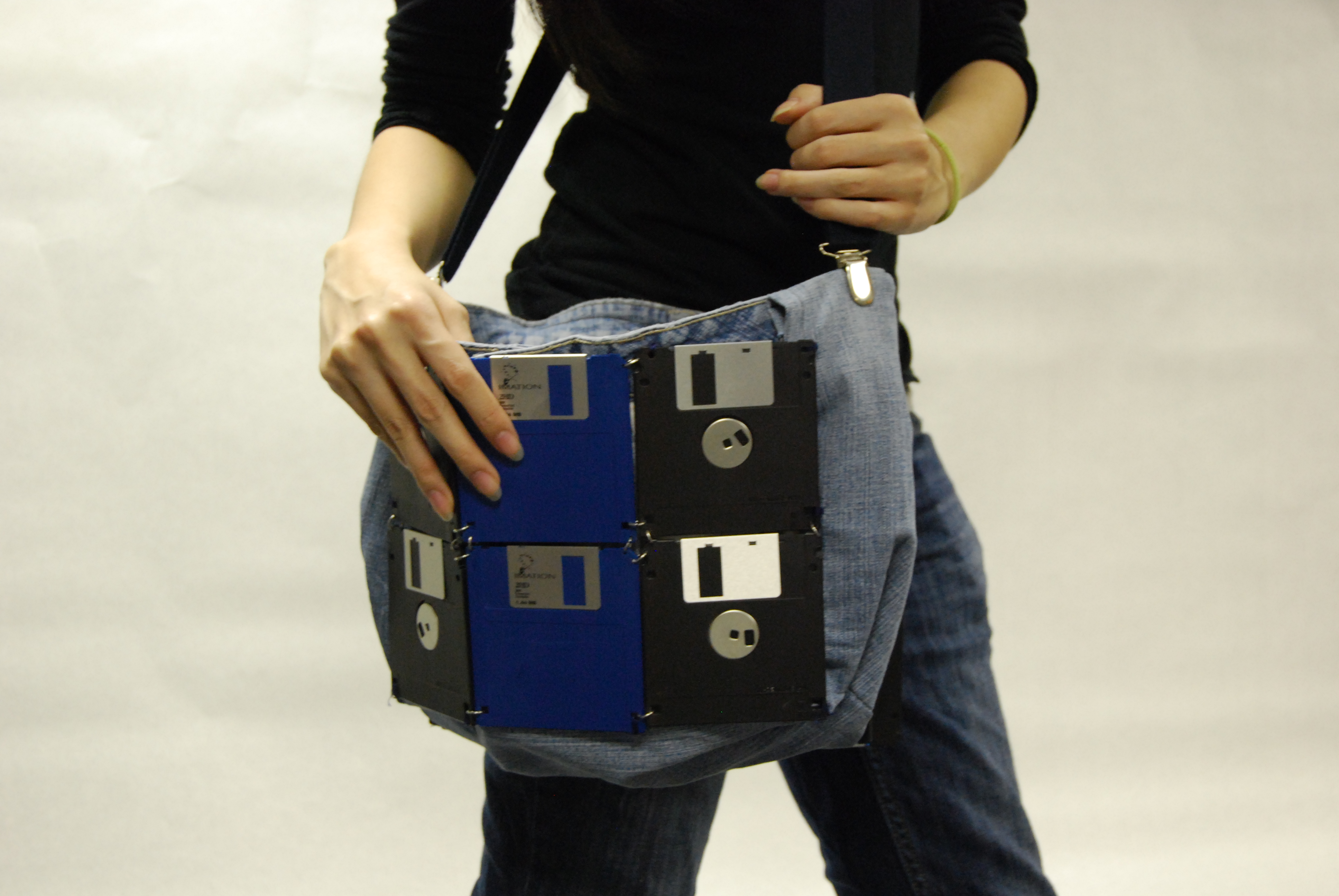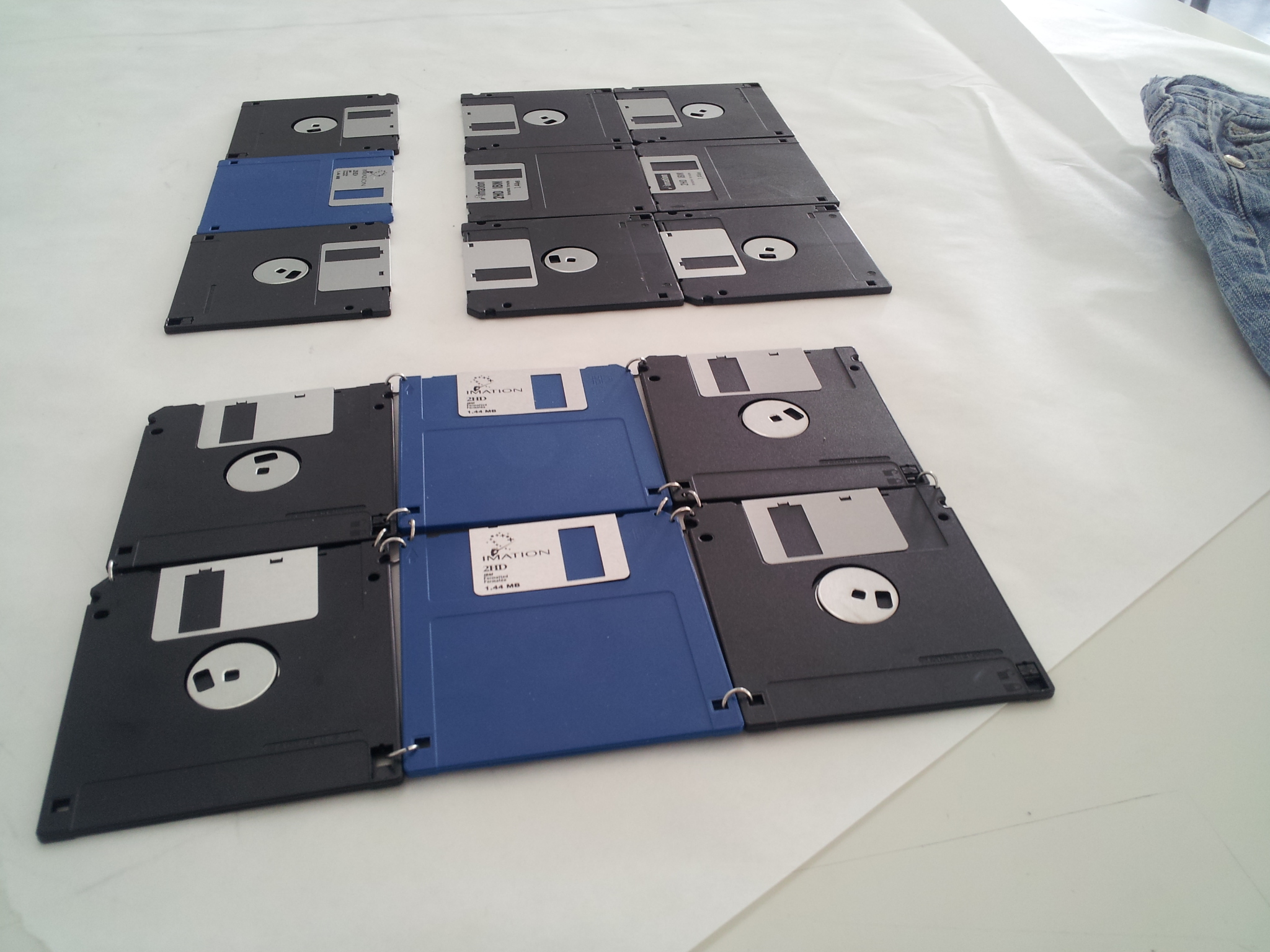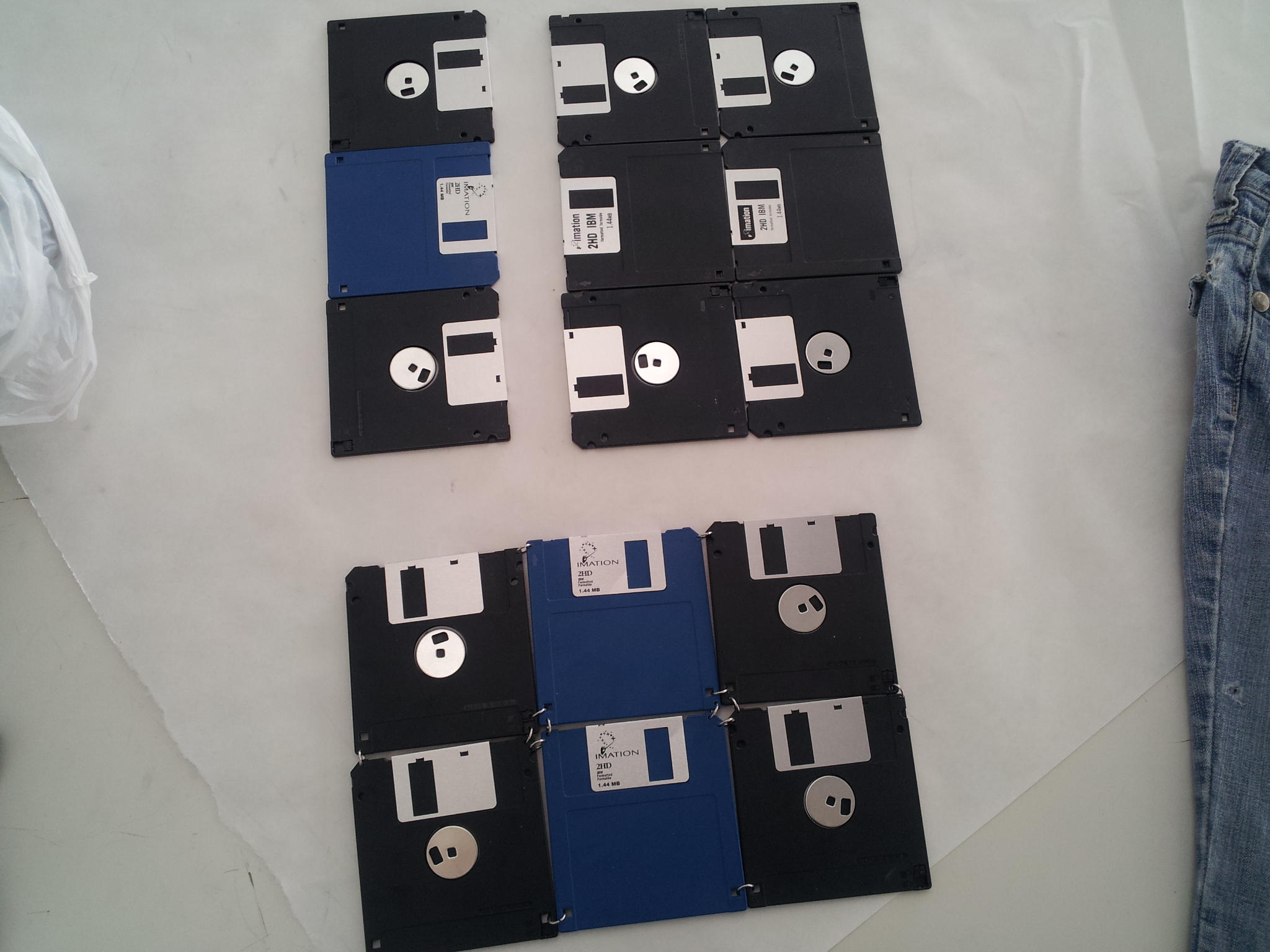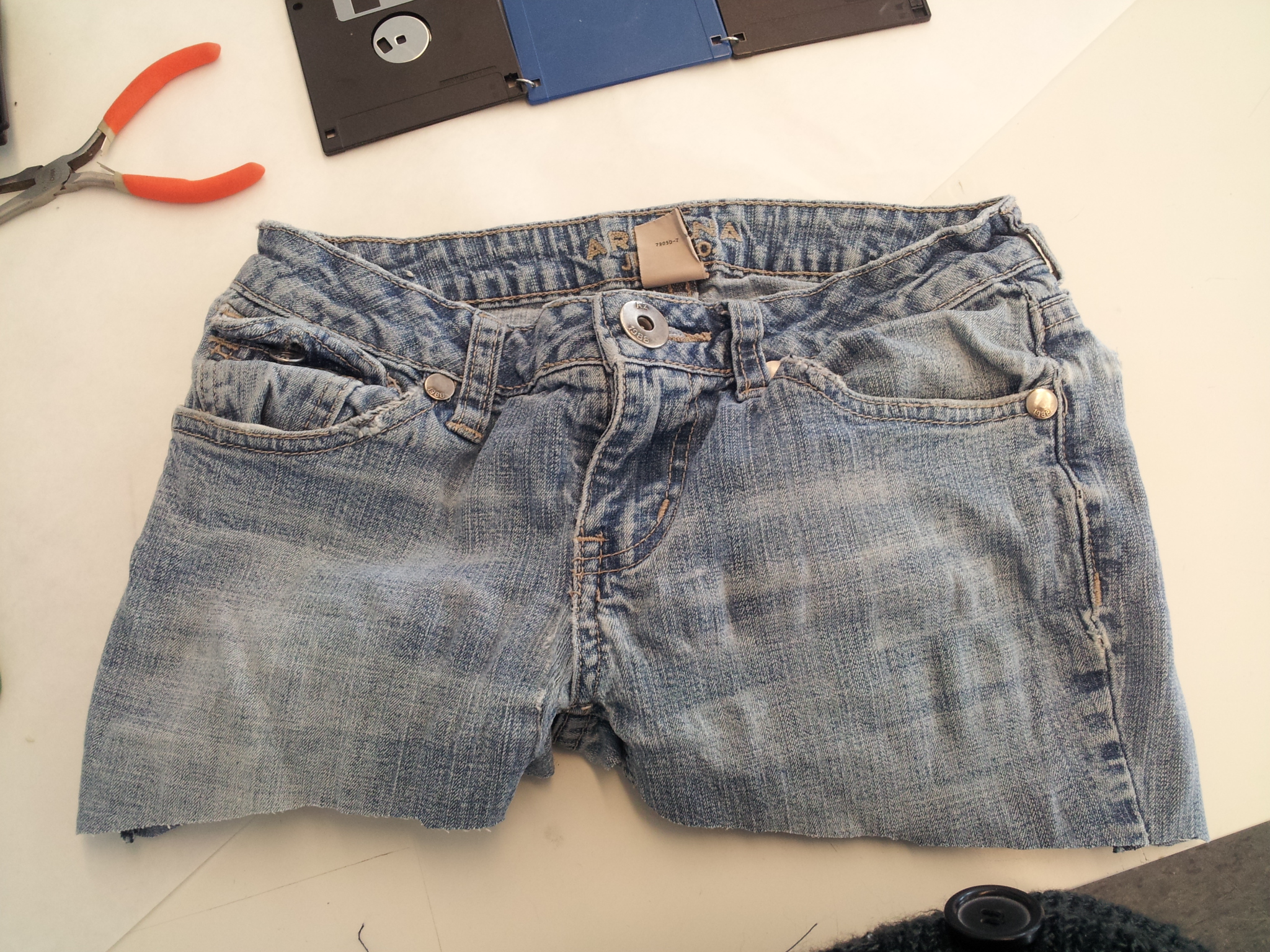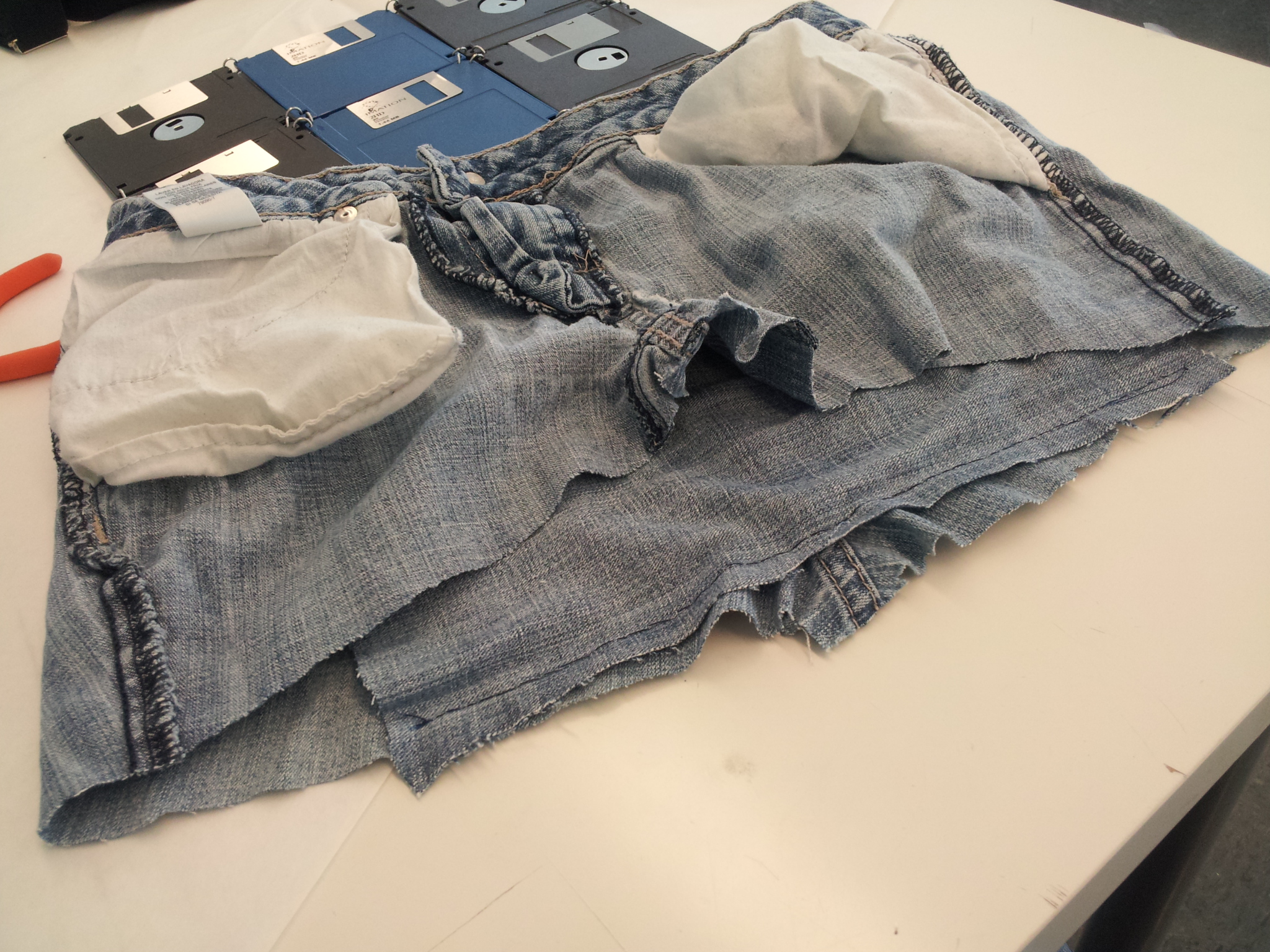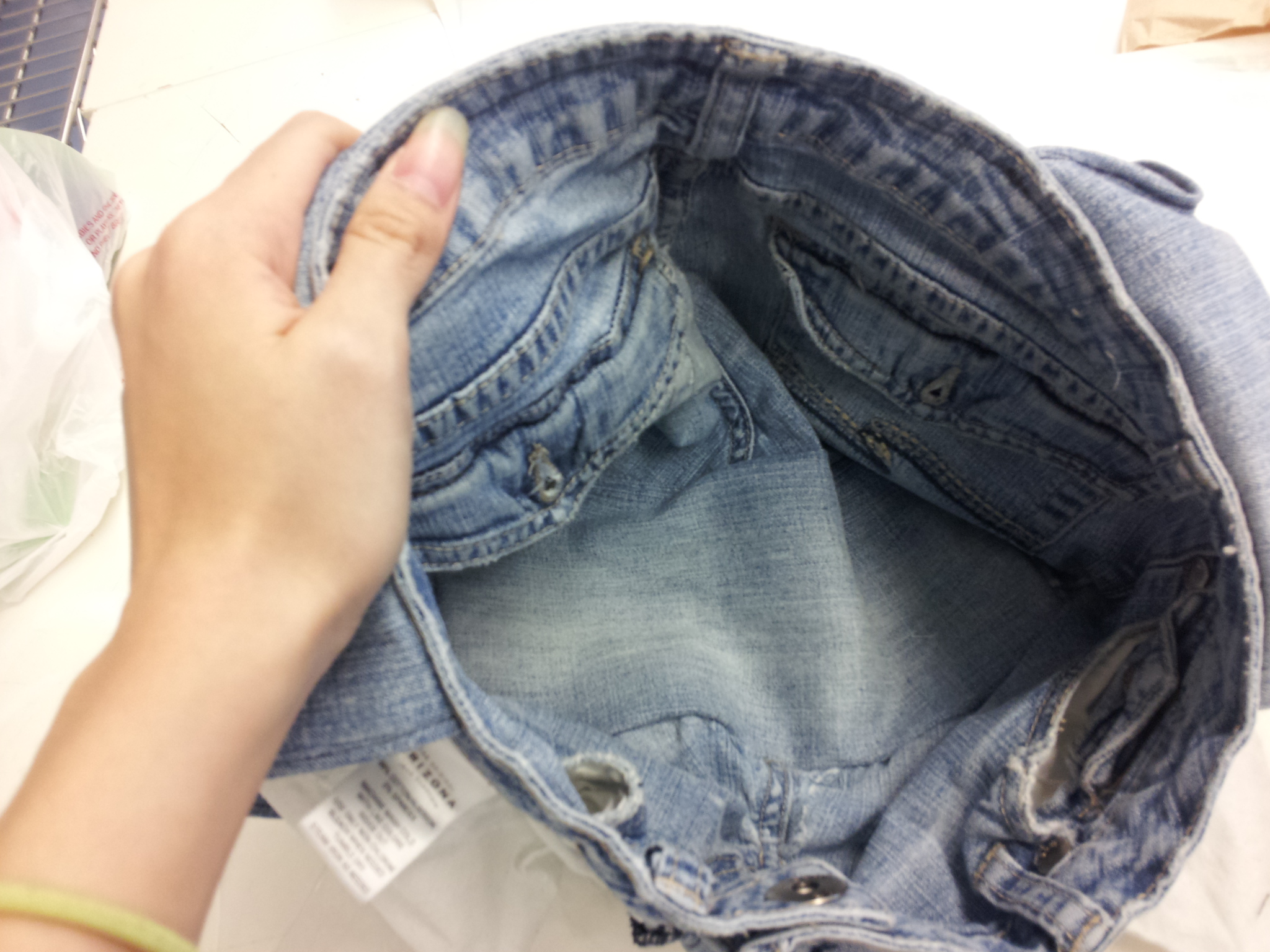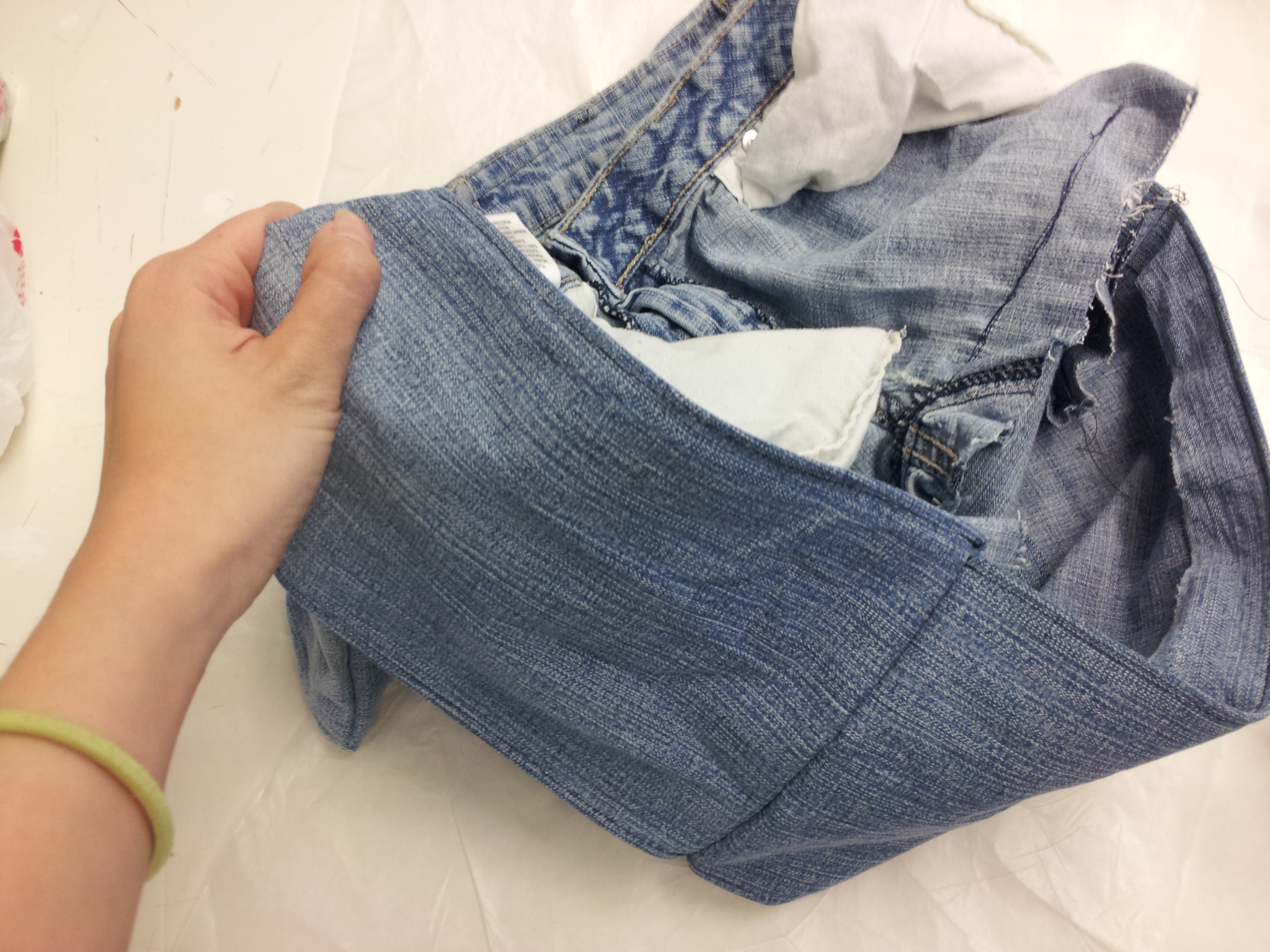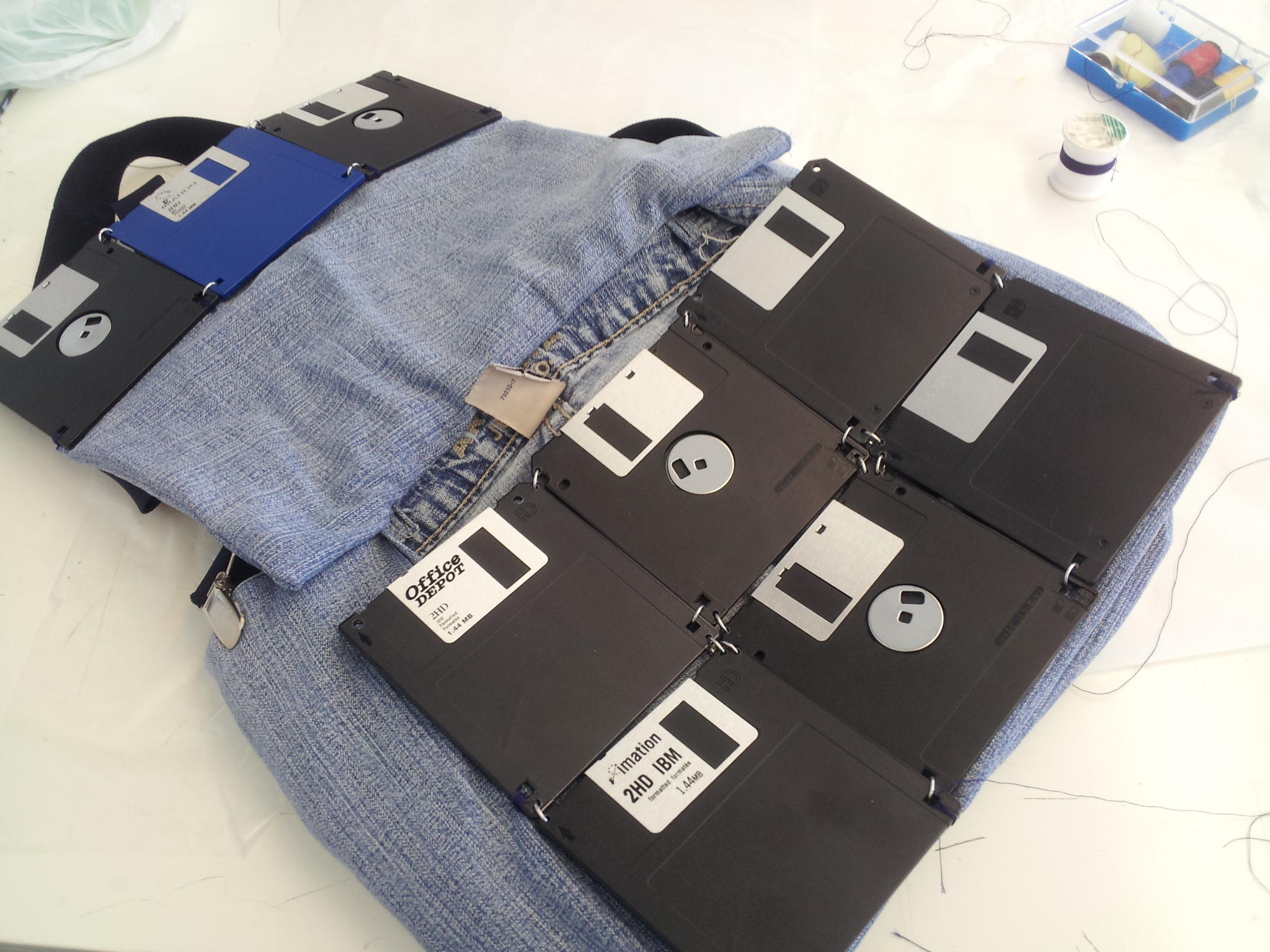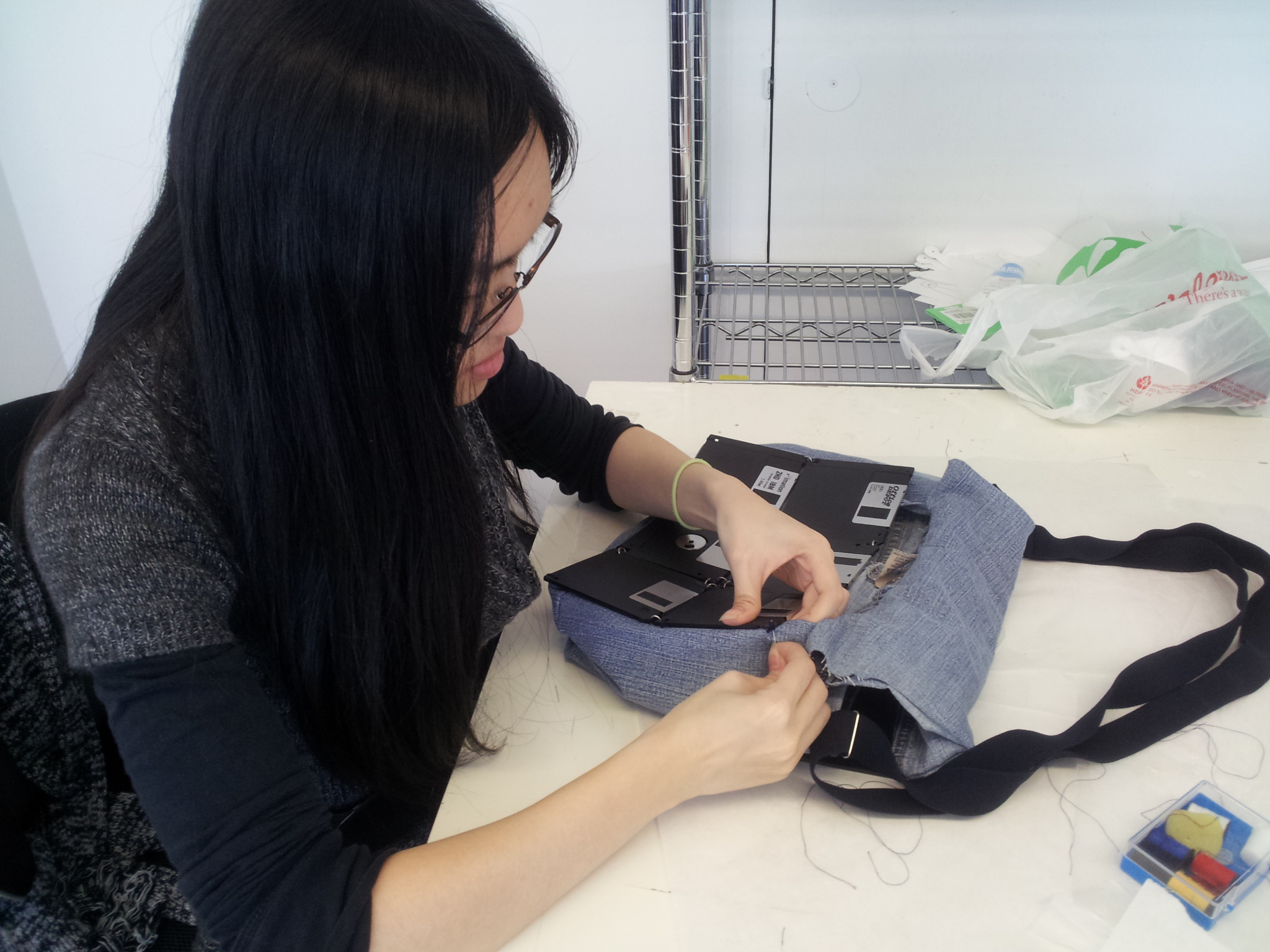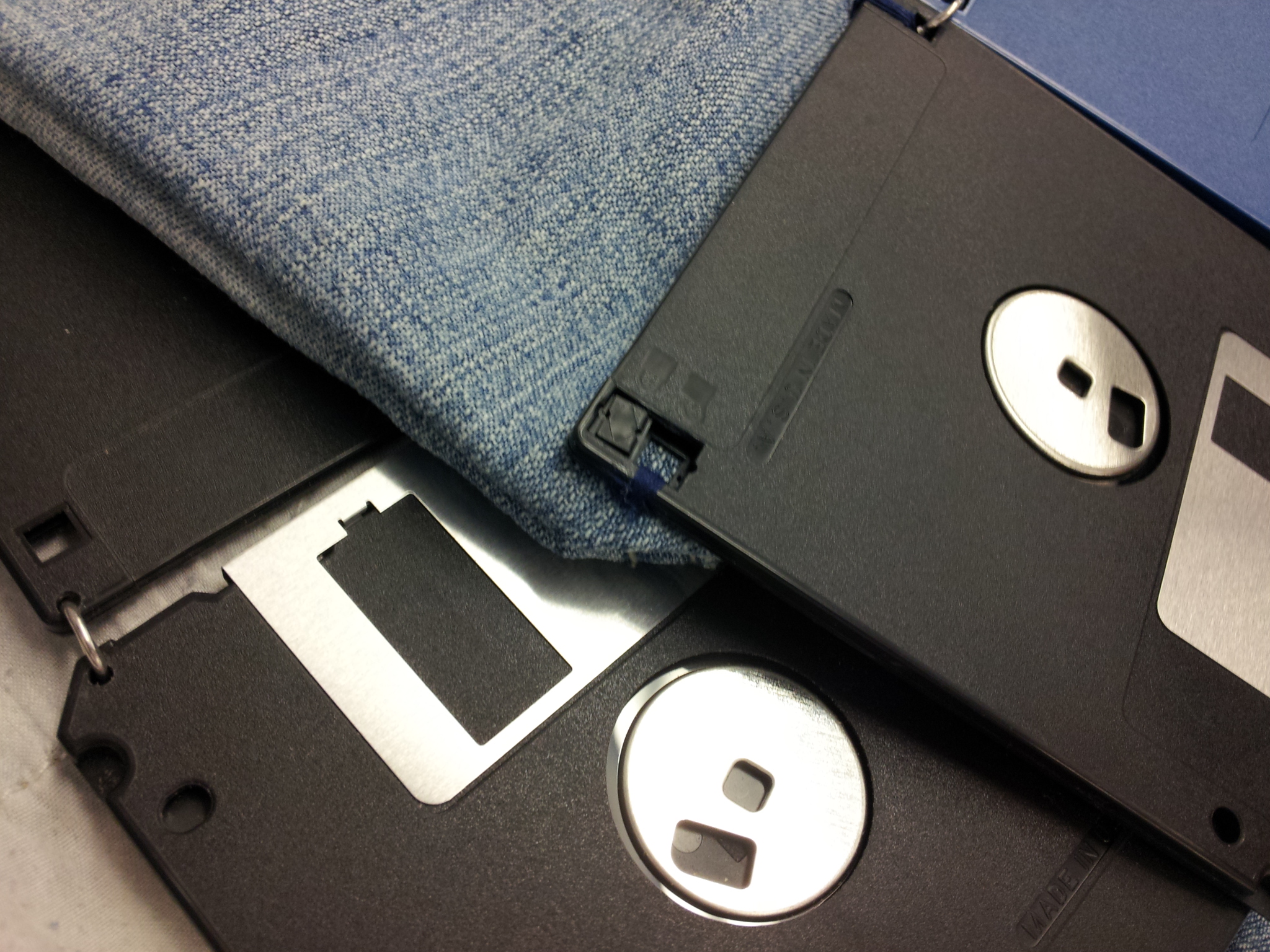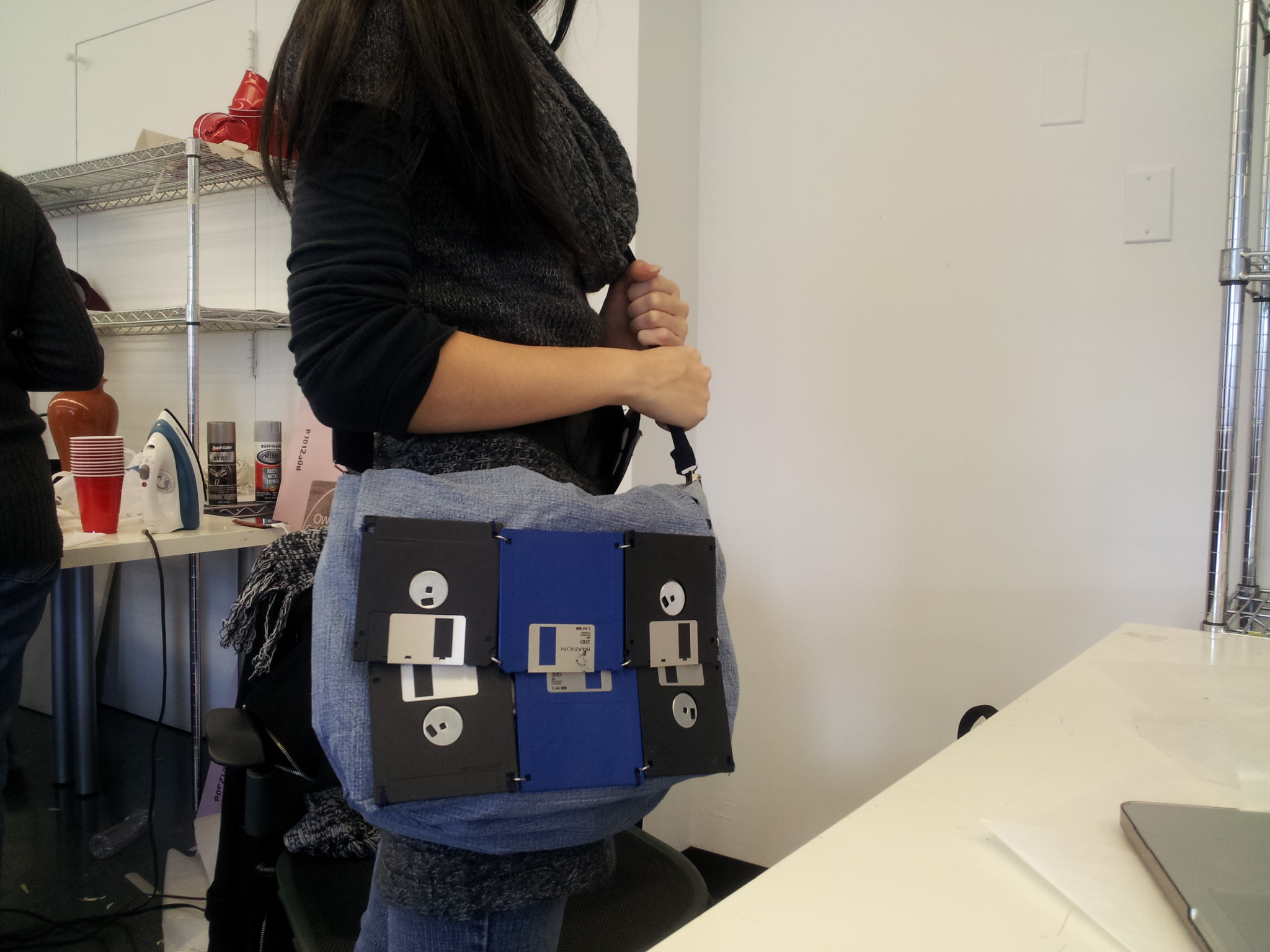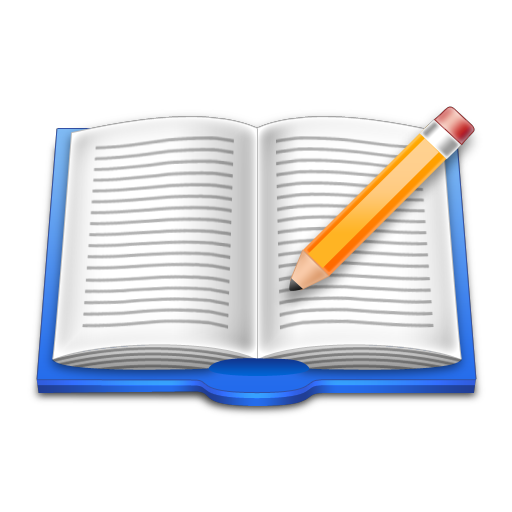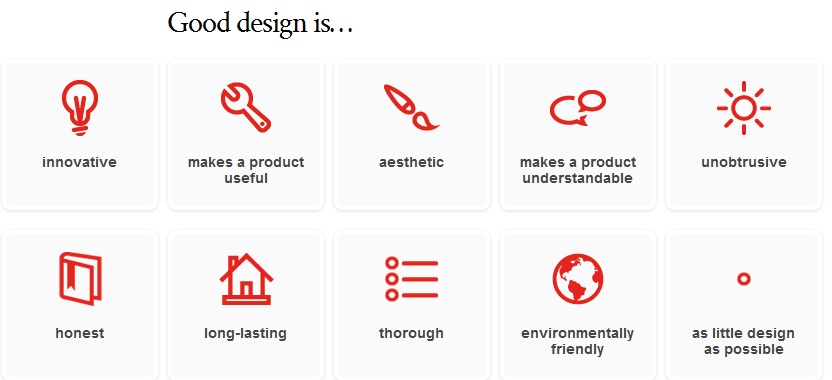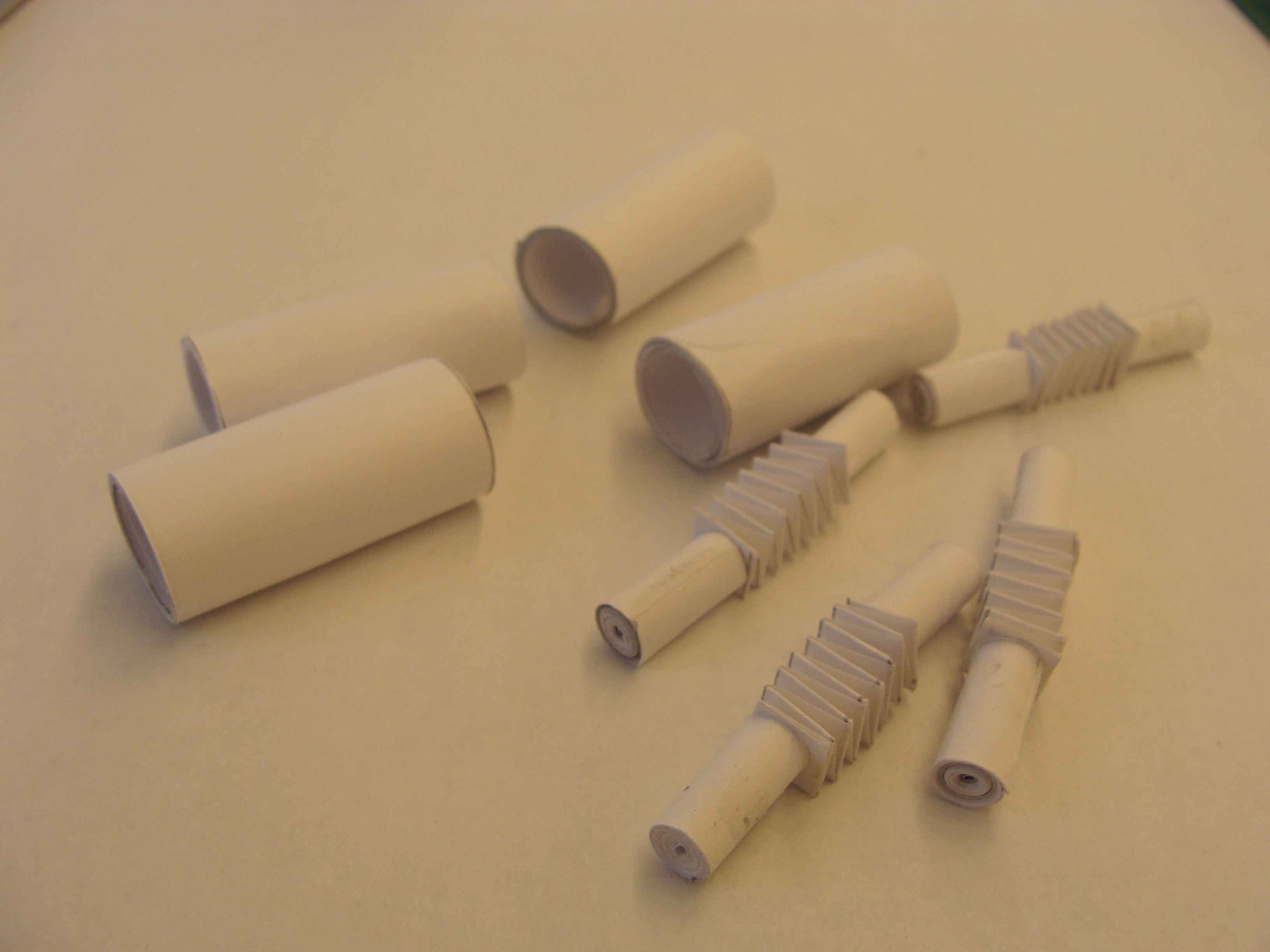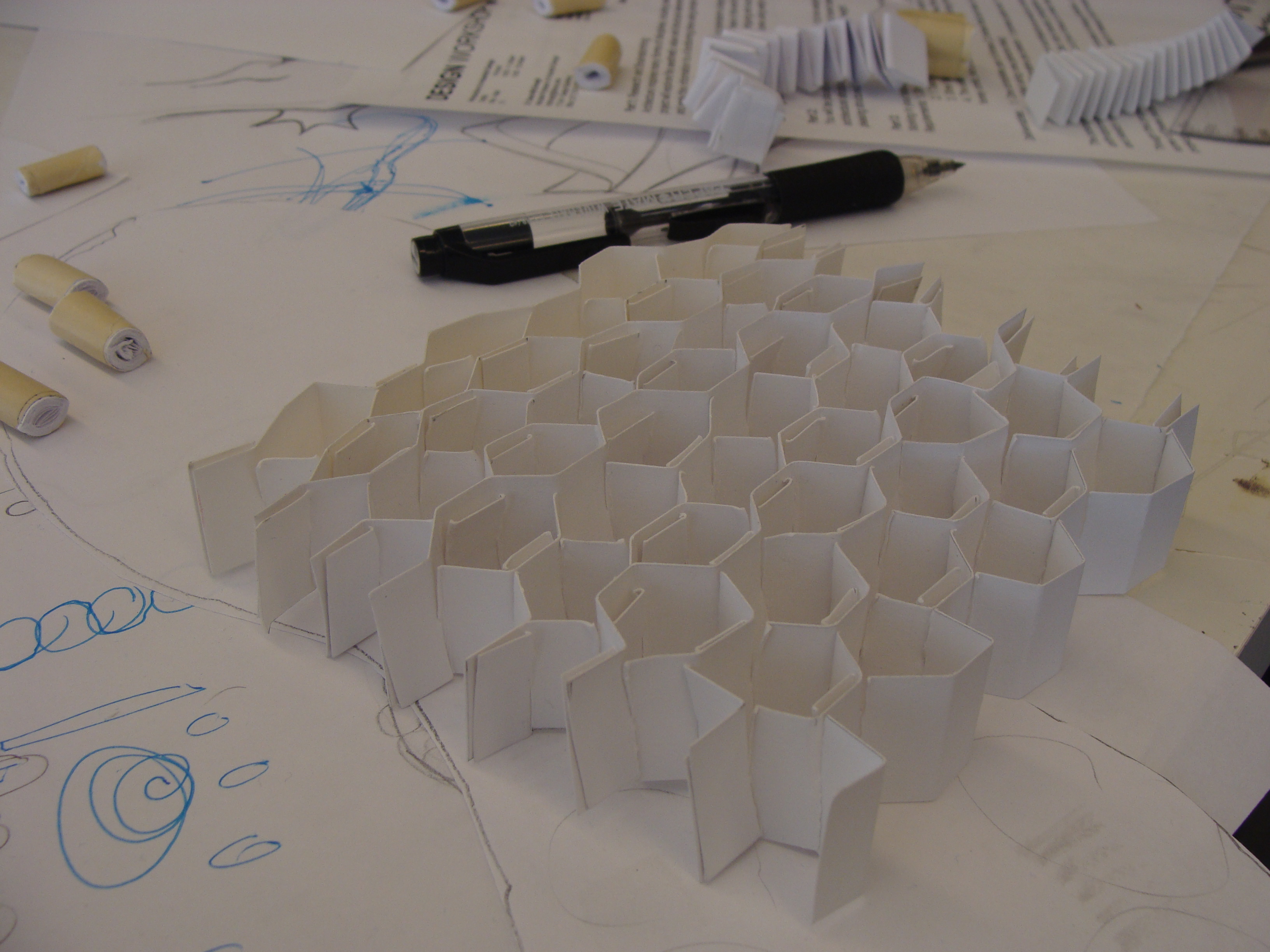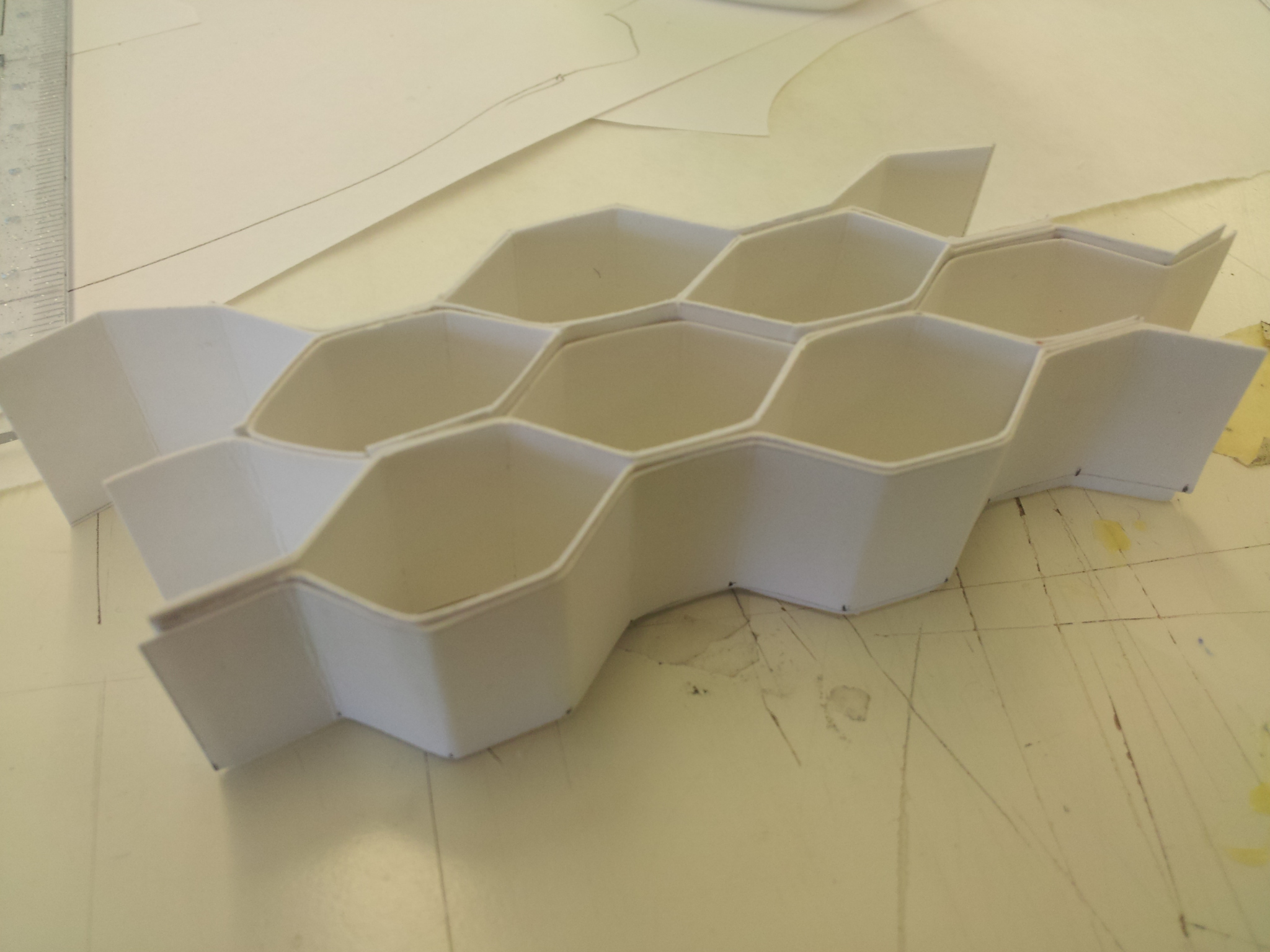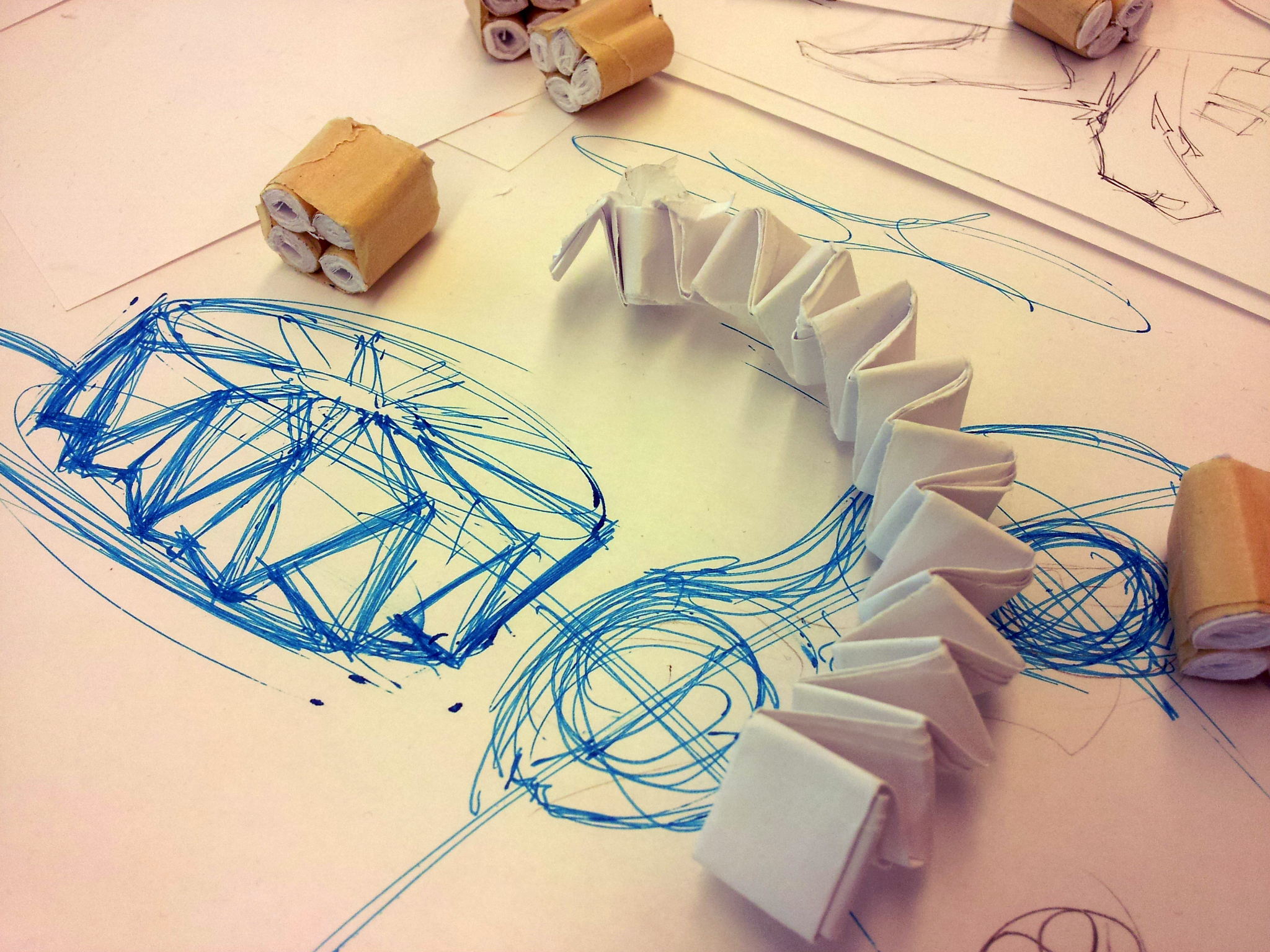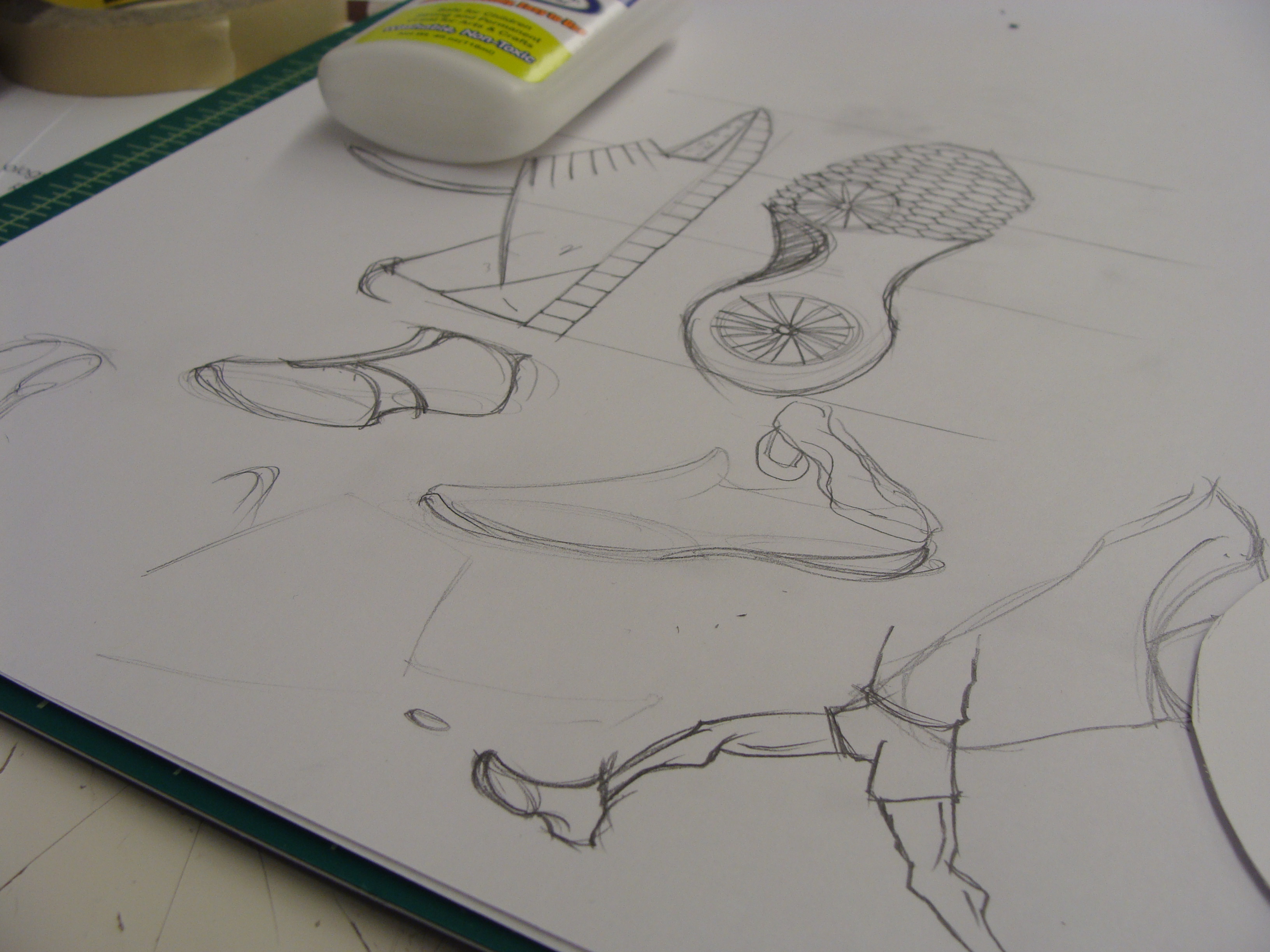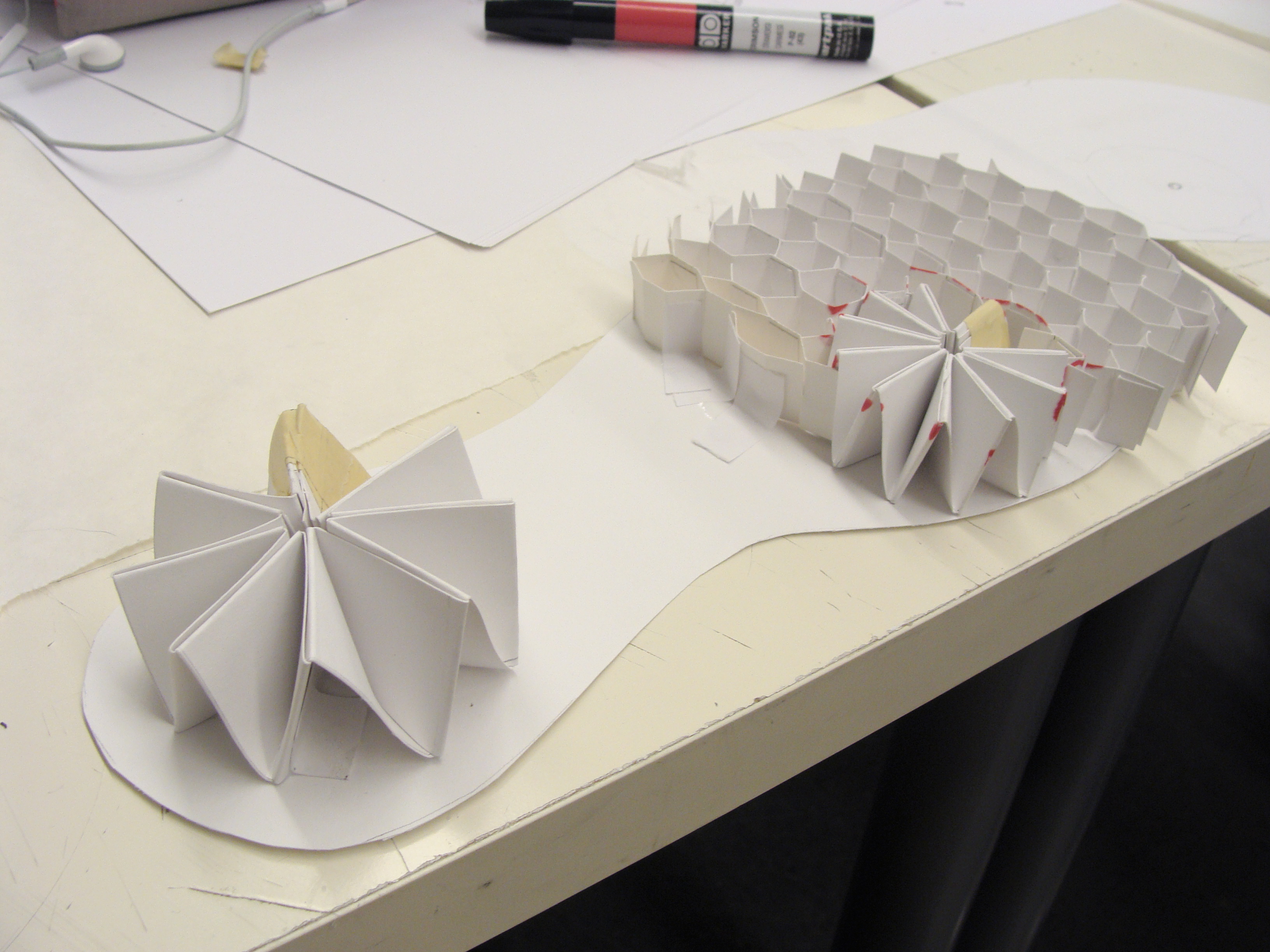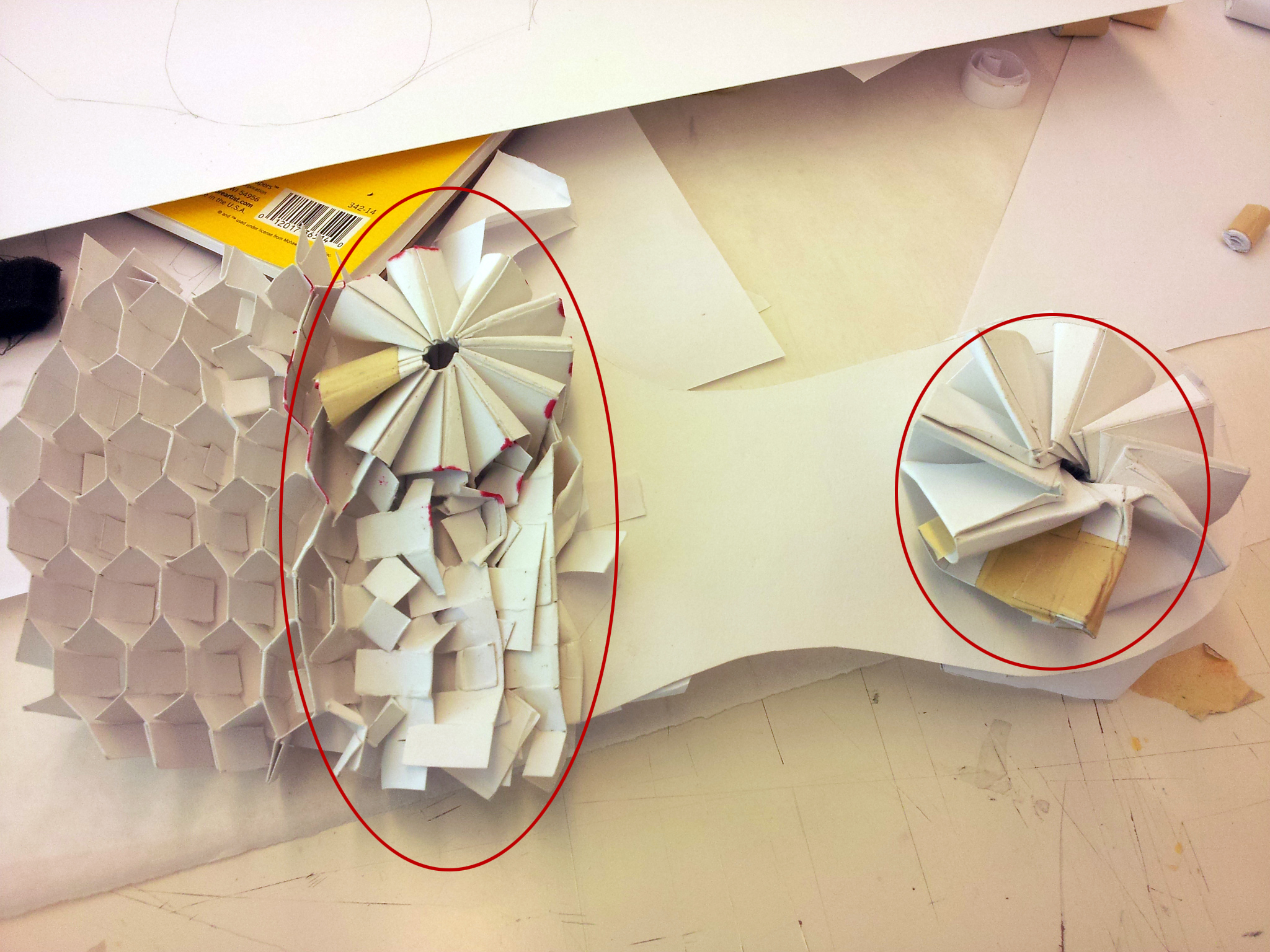You’ve heard of Reduce-Reuse-Recycle, But that’s only part of the story. Shifting from a world where we try to just do “less bad” to one where we are actually creating MORE GOOD — is the thought process behind a Restorative Economy.
To that end, designers in the o2-Global Sustainable Design Network tossed around ideas to see how we can use the old 3Rs we all know and love, and add just a few bits to it, to create an impact ranked list that will help bring us not only back from the brink of self-destruction, but put us on to the path that will take us to the next level.
To be sure there are WAY more Rs than 5, but the idea was to keep things simple but inclusive, and still be really useful.
Innovation Action-list: The 5Rs of great design
RESTORE
Use materials (and support firms) that help reverse damage or — add — to natural capital. Restorative Economics, the next step in sustainability evolution.
RESPECT
Examine impacts the item will have on stakeholders, as well as eco-systems — social plus environmental justice, look for the win-win-win scenario (triple bottom line). Fair trade, cultural respect, noise/light/visual pollution (the physical stuff of an industrialized society), clear property rights, accessibility issues, universal design issues.
REDUCE
Reduce the materials needed to do function, including: less materials used (includes product life issues [1 LED bulb = MANY incandescent]), less weight to transport (reduce fuel demands), less energy to manufacture, less energy to store (aseptic pack vs. refrigerated milk), less energy to use (LED bulbs vs. incandescent, coldwater wash vs. hot), reduced toxicity (reduce to ZERO).
REUSE
Reuse something already manufactured, and make item easy to BE reused with minimal or NO remanufacturing (packaging AS product).
RECOVER
Create item to be fed BACK into the resource loop (includes Cradle to Cradle), have a robust and easy to use system to RECOVER materials, and USE RECYCLED substrates to make the item (100% PCW paperboard) wherever possible. Under this R we would naturally tuck the old favorite — RECYCLE the things you recovered.
Looking at things in a Cradle to Cradle light for RECOVER and RECYCLE you can’t have one without the other. Recyclable has no meaning unless it’s been Recovered.
It must be noted in the cycles of a Cradle to Cradle model, RECOVER/RECYCLE is the most energy intensive of the Rs. Manufactured items should not be created with a one way trip, or even a virgin renewable resource manufactured good that goes straight to compost, as a first choice. This option should be the — last stop — as part of a well managed system that incorporates the other 4Rs as well.
Paper, paperboard, and pulp (wood, kenaf, bamboo, agripulp, etc.) are great examples of a renewable, biodegradable resource that makes many many useful reuse and/or remanufacture trips (Technical Nutrient) before it’s time to retire them as compost fodder for the next growing cycle (Biological Nutrient).
Sustainability means:
Never having to say you’re sorry.
- K
